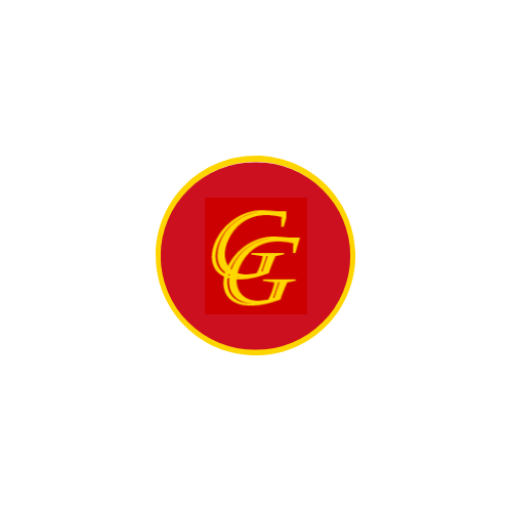
Good morning Leathernecks, and on this the 14th day of July in the history of our beloved Corps:
In 1813, Marine Lieutenant John Gamble, captain of the prize Greenwich, defeats the British armed whaler Seringapatam near the Galapagos Islands.
In 1853, Commodore Perry goes ashore at Uraga, Japan, to deliver President Fillmore’s letter and open negotiations with the closed nation.
One hundred Marines under Major Jacob Zeilin land first and provide the honor guard for the admiral’s arrival.
In 1866, the Wachusett sends 100 Marines and sailors ashore to escort the American consul at Tung Chow Foo, China.
In 1871, Brooklyn Navy Yard Marines quell disturbances in the city following raids on illegal distilleries.
In 1882, Marines and sailors from the Mediterranean Squadron land at Alexandria, Egypt, to protect American lives and the U.S. consulate during a rebellion against the government.
In 1918, Harbord is promoted to Major General and assumes command of the 2nd Division.
Newly promoted Marine Brigadier General Wendell C. Neville takes charge of the Marine Brigade.
In 1942, the 21st Marines, an infantry regiment, is organized at New River, North Carolina.
The Marine Corps Glider Base, Edenton, North Carolina, is established.
In 1943, the light tank platoon and anti-aircraft guns from the 9th Defense Battalion follow Army infantry ashore at Laiana Beach, just a few miles from Munda Airfield.
For the next five days, the Marine tanks spearhead the Army attack to wrest the landing field away from the Japanese.
In 1945, TAF is dissolved and all Marine aircraft in the Okinawa area revert to control of 2nd MAW.
In 1945, the U.S. began the first surface fleet bombardment of Japan
In 1951, MAG-12 ceases use of the K-46 airfield because the dirt runway causes too many maintenance problems.
The group shifts its forward base to K-18, on the east coast near the 38th parallel.
In 1958, President Camille Chamoun of Lebanon appeals to the United States and Britain for assistance in combating Syrian influence in his country and preventing war between Christian Maronites and Muslims.
President Eisenhower orders the three Marine BLTs afloat in the Mediterranean to intervene.
In 1962, Camp Koza, on Okinawa, former home of the 3rd Pioneer Battalion, is returned to civilian control and use.
In 1967, during the period 14 through 16 July, the 1st Battalion, 4th Marines (1/4), SLF A, and the2nd Battalion, 3rd Marines (2/3), participated in OPERATION HICKORY II, a search and destroy sweep to clear the area of enemy fortifications, mortar and artillery positions in the southern half of the DMZ.
In 1969, in Vietnam, the 1st Battalion, 9th Marines (1/9) sails for Okinawa, marking the beginning of the departure of the 9th Marines as part of the initial drawdown of U.S. forces in country.
In 1984, the Corporal Louis J. Hauge, Jr., the first ship designed specifically for the MPF, is launched in Maryland.

Saepius Exertus, Semper Fidelis, Frater Infinitas!
Often Tested, Always Faithful, Brothers Forever!
-Richard W. Pettengill, Corporal USMC
And damn proud of it!
